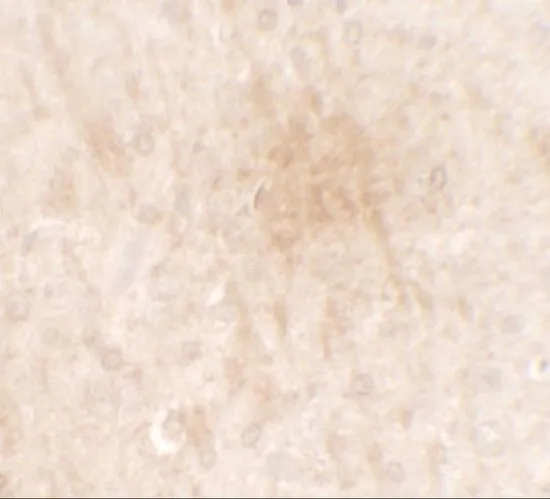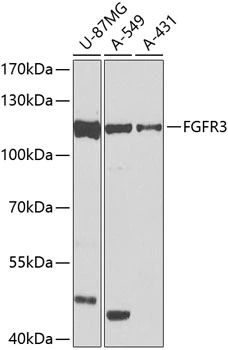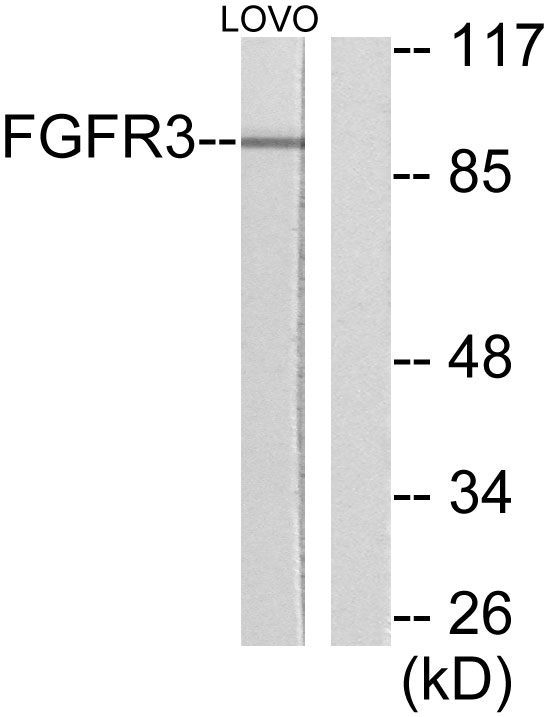FGFR3 antibody [6G11]
GTX52732
ApplicationsWestern Blot, ImmunoHistoChemistry, ImmunoHistoChemistry Paraffin
Product group Antibodies
TargetFGFR3
Overview
- SupplierGeneTex
- Product NameFGFR3 antibody [6G11]
- Delivery Days Customer9
- Application Supplier NoteWB: 1:500 - 1:1000. IHC-P: 1:20 - 1:100. *Optimal dilutions/concentrations should be determined by the researcher.Not tested in other applications.
- ApplicationsWestern Blot, ImmunoHistoChemistry, ImmunoHistoChemistry Paraffin
- CertificationResearch Use Only
- ClonalityMonoclonal
- Clone ID6G11
- Concentration500 ug/ml
- ConjugateUnconjugated
- Gene ID2261
- Target nameFGFR3
- Target descriptionfibroblast growth factor receptor 3
- Target synonymsACH, CD333, CEK2, HSFGFR3EX, JTK4, fibroblast growth factor receptor 3, FGFR-3, fibroblast growth factor receptor 3-S, hydroxyaryl-protein kinase, tyrosine kinase JTK4
- HostMouse
- IsotypeIgG1
- Protein IDP22607
- Protein NameFibroblast growth factor receptor 3
- Scientific DescriptionThis gene encodes a member of the fibroblast growth factor receptor (FGFR) family, with its amino acid sequence being highly conserved between members and among divergent species. FGFR family members differ from one another in their ligand affinities and tissue distribution. A full-length representative protein would consist of an extracellular region, composed of three immunoglobulin-like domains, a single hydrophobic membrane-spanning segment and a cytoplasmic tyrosine kinase domain. The extracellular portion of the protein interacts with fibroblast growth factors, setting in motion a cascade of downstream signals, ultimately influencing mitogenesis and differentiation. This particular family member binds acidic and basic fibroblast growth hormone and plays a role in bone development and maintenance. Mutations in this gene lead to craniosynostosis and multiple types of skeletal dysplasia. [provided by RefSeq, Aug 2017]
- Storage Instruction-20°C or -80°C,2°C to 8°C
- UNSPSC12352203
References
- A Simple Immunohistochemical Panel Could Predict and Correlate to Clinicopathologic and Molecular Subgroups of Urinary Bladder Urothelial Carcinoma. Makboul R et al., 2019 Jun, Clin Genitourin CancerRead more




